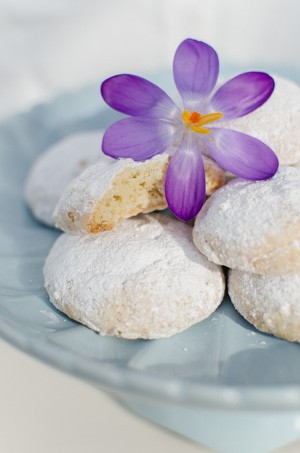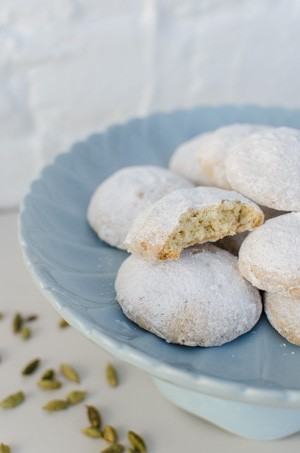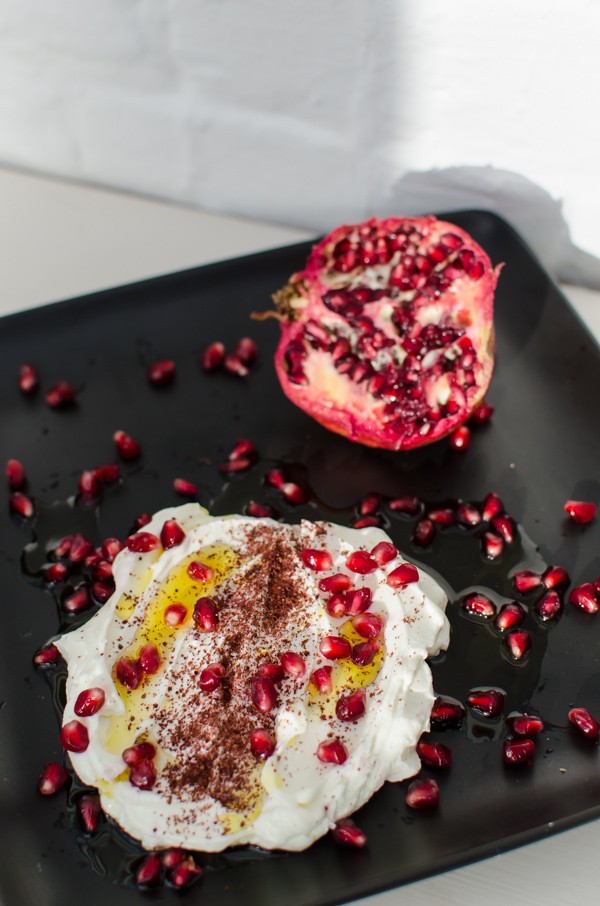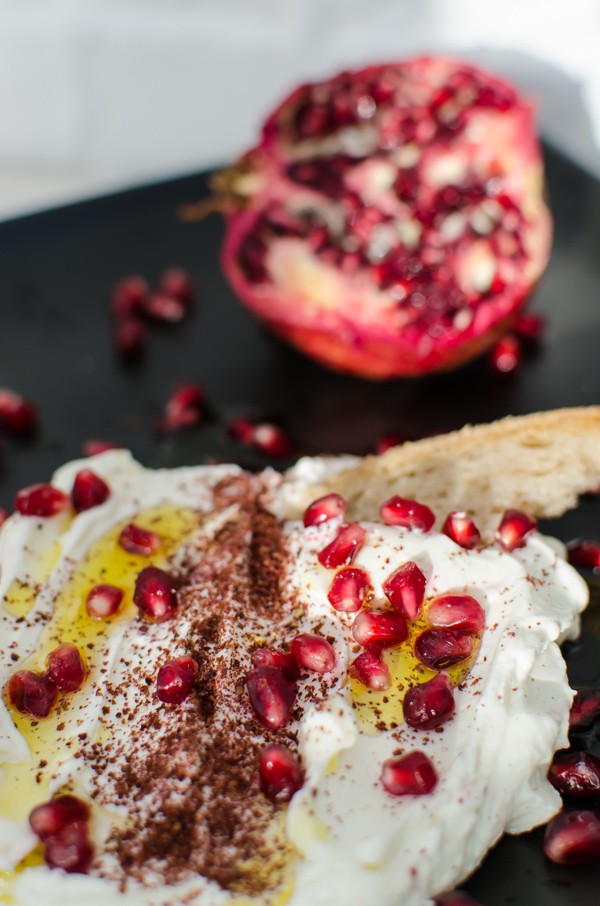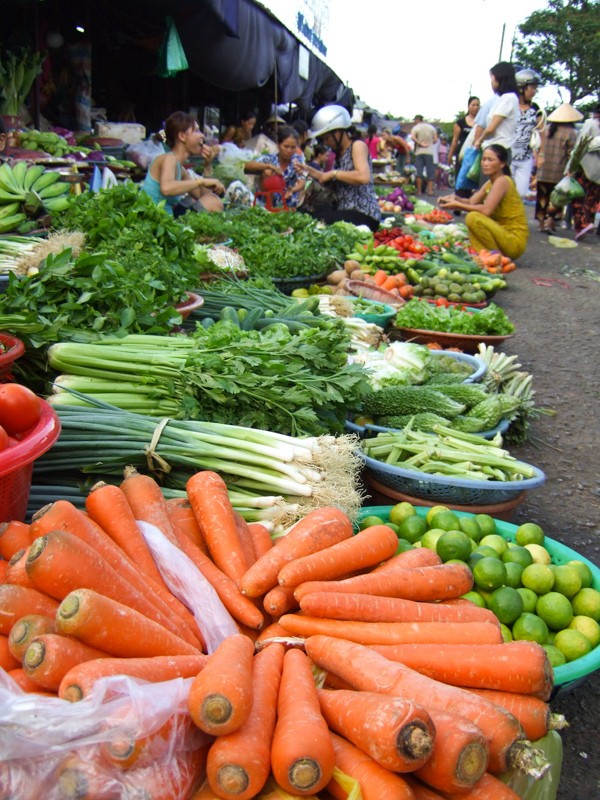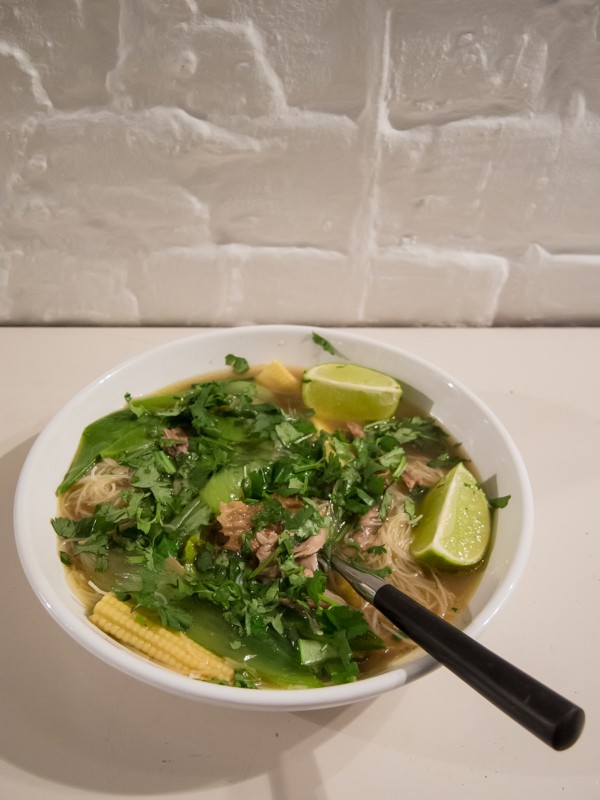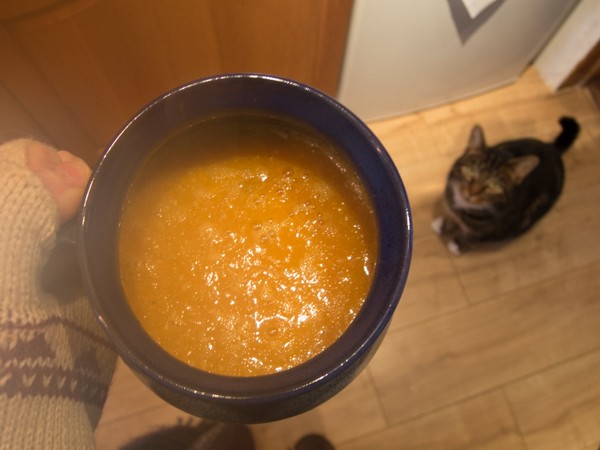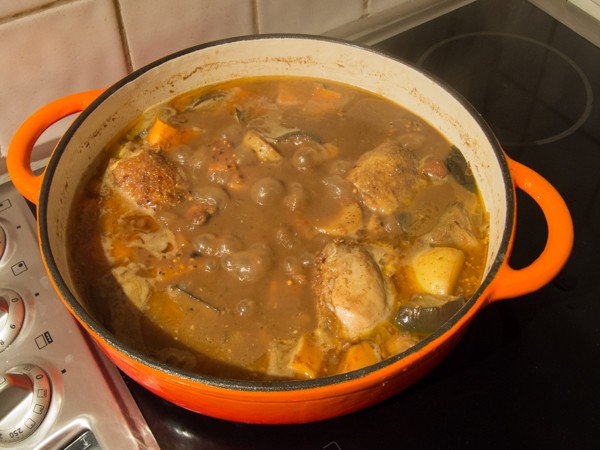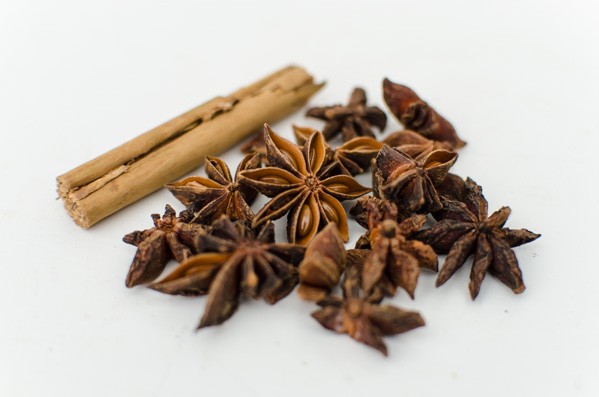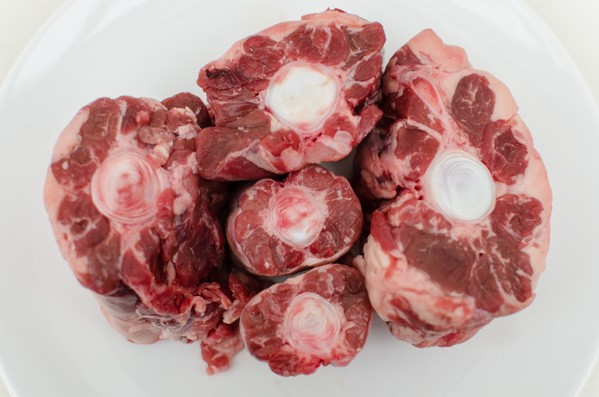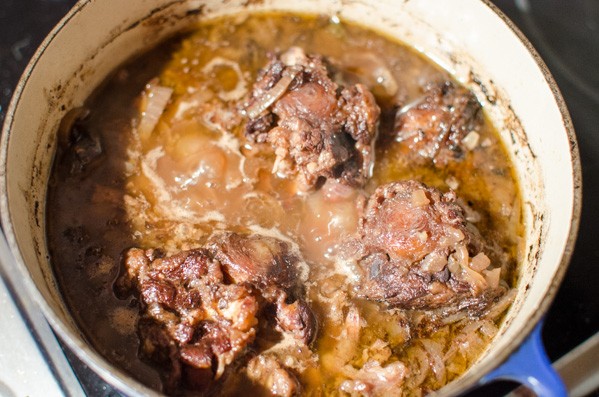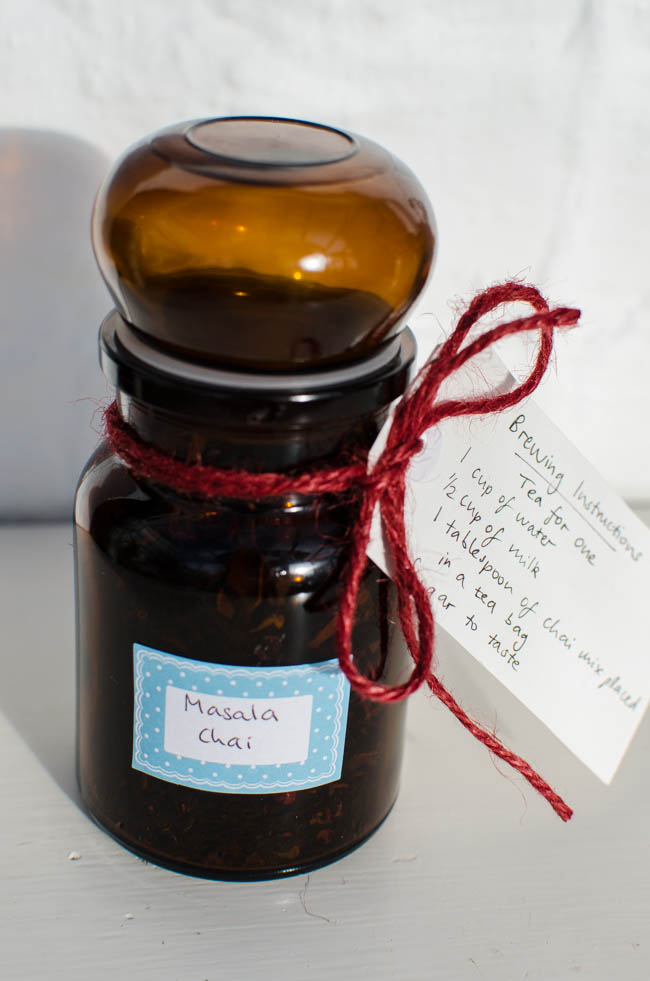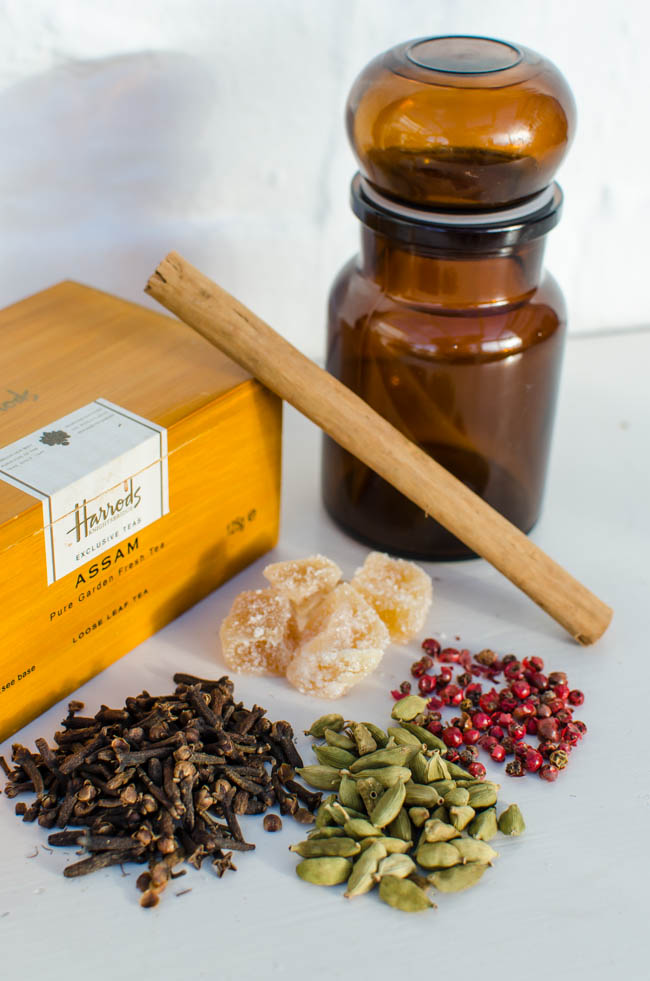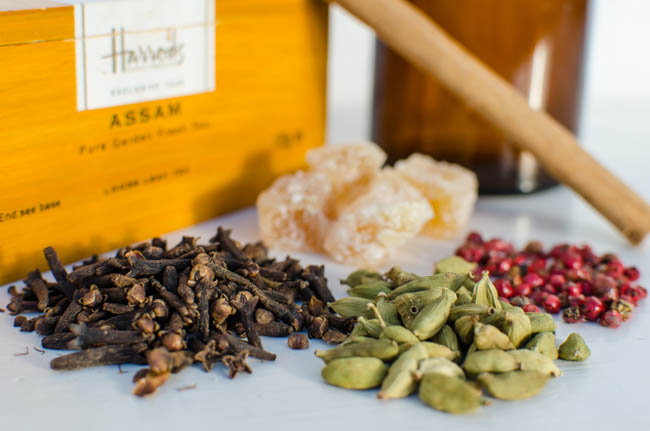When I started reading about cardamom, I realised that I had been spelling it wrong for years. But then why do we pronounce it ‘cardamon‘? But I suppose that is the English language for you!
Cardamom are small pods containing little black seeds of the most wondrous, sensuous perfume. It hints of the pages of the Arabian Nights, seductive ladies in diaphanous materials and exotic places! Cardamom is native to the Indian sub-continent so it is little wonder it is used is the cooking of these countries; it is related to ginger. It is the third most expensive spice, surpassed only by saffron and vanilla, but only a little is needed to impart its heady fragrance. Unsurprisingly it is used in a multitude of curries and rice dishes of the Indian subcontinent, but also in milky puddings and kulfi from this region. In the Middle East, it is often used to flavour sweet dishes and coffee, as we had in Morocco. Its furthest reaches of significance is in the multitudes of Scandinavian baked goods that use cardamon such as Finnish pulla, an enriched sweet dough scented with cardamom.
There is a relative of the green cardamon, the black cardamon, which is definitely savoury and smokey, almost bacony, in flavour. I will use this in another entry as it is almost completely different in flavour and aroma to the green cardamom and cannot be substituted.
The effort in this recipe in extracting the little seeds from the tough green pods and grinding them fine enough not to notice the bits in what you are cooking. Apparently, you can buy ready ground cardamom but the volatile flavours and aromas are very quickly lost. I achieved my ground cardamom by crushing the pods and using a nail to release the seeds into a pestle and mortar and using old fashioned elbow grease to grind the seeds, sieving them into the recipe to make sure it was fine enough.
Middle eastern cardamom biscuits
225g unsalted butter at room temperature 100g icing sugar 1 teaspoon pure vanilla extract 150g ground almonds 150g plain flour 1/2 teaspoon salt 10 cardamom, seeds ground finely, sieved Topping – 100g icing sugar – 20 cardamom pods, seeds ground to give about 1 teaspoon of ground powder when sieved Preheat the oven to fan 150 C and line a couple of baking sheets with parchment paper. By hand or hand machine, cream the butter and icing sugar until light and fluffy. Add the ground almonds, flour, salt and first lot of ground cardamom and use a wooden spoon to mix thoroughly until comes together in a dough. Use a small ice-cream scoop or a dessert spoon to measure out the biscuits and using your hands, roll each into a ball and place on the baking trays with about 1″ between each ball. Chill the dough in the fridge for 30 minutes or the freezer for 15 minutes and then bake for 15-20 minutes until slightly coloured gold. In a bowl, mix the topping ingredients together. After baking, leave the biscuits on the trays for a few minutes until firmed up and then dunk in the topping mix while still warm. Put on a cooling rack to cool completely and then completely immerse in the topping mixture. They can be stored in the icing sugar mixture for up to a month.